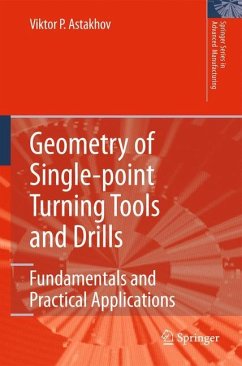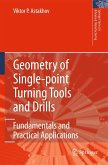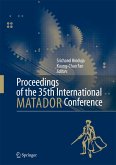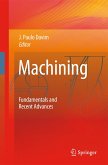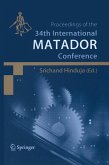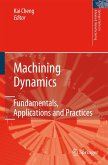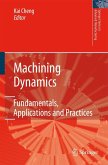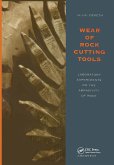Geometry of Single-Point Turning Tools and Drills outlines clear objectives of cutting tool geometry selection and optimization, using multiple examples to provide a thorough explanation. It addresses several urgent problems that many present-day tool manufacturers, tool application specialists, and tool users, are facing. It is both a practical guide, offering useful, practical suggestions for the solution of common problems, and a useful reference on the most important aspects of cutting tool design, application, and troubleshooting practices.
Covering emerging trends in cutting tool design, cutting tool geometry, machining regimes, and optimization of machining operations, Geometry of Single-Point Turning Tools and Drills is an indispensable source of information for tool designers, manufacturing engineers, research workers, and students.
Covering emerging trends in cutting tool design, cutting tool geometry, machining regimes, and optimization of machining operations, Geometry of Single-Point Turning Tools and Drills is an indispensable source of information for tool designers, manufacturing engineers, research workers, and students.

